TL;DR: Currently, 3D Systems, Mcor and Stratasys offer prograde color 3D printers. Now there are new kids on the block: Autodesk and Samsung.
In the beginning, there was Zcorp. Its unique binder jetting gypsum-based 3D printing technology was the only affordable way to 3D print full-color objects. Now, after 3D Systems, Mcor Technologies and Stratasys offered their versions, the arena is getting crowded. HP already made its moves, and it seems to have now dragged Autodesk and Samsung into the mix, as the two giants just registered their patents for full-color 3D printing technologies.
Full-color Gypsum, Plastic, and Paper
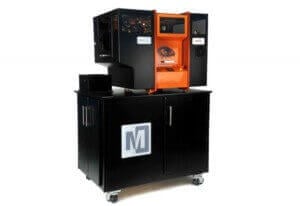
To set the record straight: Zcorp technology creates full-color objects by gluing powder particles and coloring the edges of the 3D object using HP color cartridges. Its technology became the property of 3D Systems as the two companies merged in 2012.
It was followed by a new – plastic-powder based – version of it, which powers 3D Systems’ newest Projet 4500 3D printer, presented in late 2013. Ireland-based Mcor took a different approach. Its IRIS 3D printer makes full a vibrant color 3D objects by cutting regular sheets of A4 paper with a tungsten blade, gluing them together and coloring the edges.

Multi-color, Multi-material, Multi-density
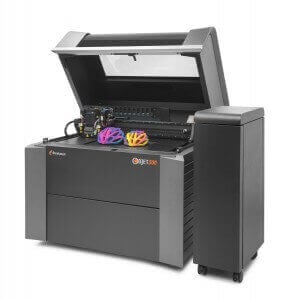
Stratasys color approach is based on poly jet technology: this is the most similar to standard 2D printing full-color technology as it releases colored ink through hundreds of nozzles in the printhead. Ti then “solidifies” it by curing it with light at a particular wavelength. This allows Stratasys to be the only manufacturer capable of offering multi-color and multi-material 3D printing as of today.
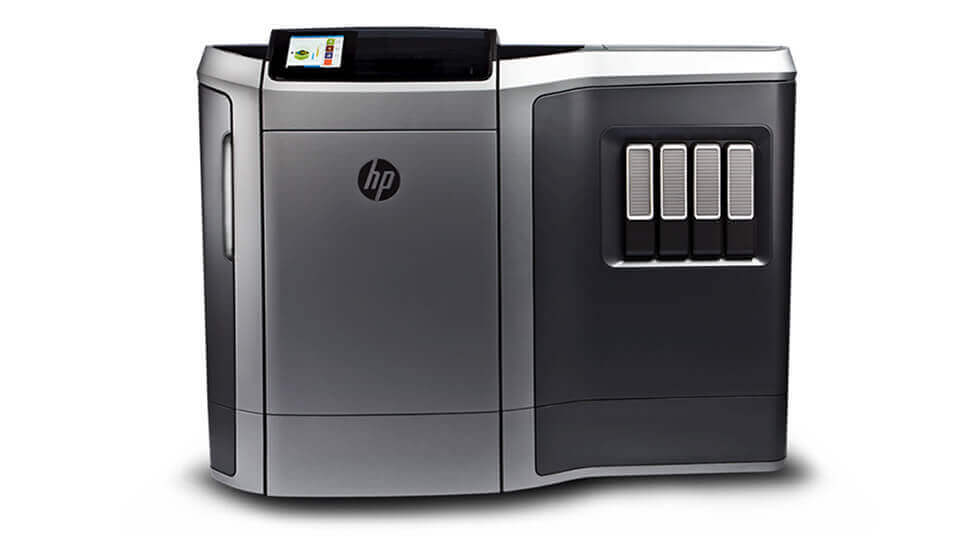
If everything goes according to (their) plans, HP may be next. The tech giant presented a concept for a 3D printer that fuses together a powder, mixing the particles with another material that would modify both the color and the mechanical properties of the first material. 3D Systems is getting ready to reply by launching two low-cost color 3D printers. One is based on a binder jetting technology similar to the Projet 4500’s (the ColorJet) and another based on multiple fused filament (the CubePro C).
Back to the Filament
This takes us back to Autodesk and Samsung. The approach patented by Autodesk is based on “fused filament fabrication”. The concept is to develop a machine with four extruders positioned on the printhead. Eight separate feeder motors push as many different color filaments into a mixing chamber, the liquefication zone. This would both enable to speed up the printing process and create full-color objects.
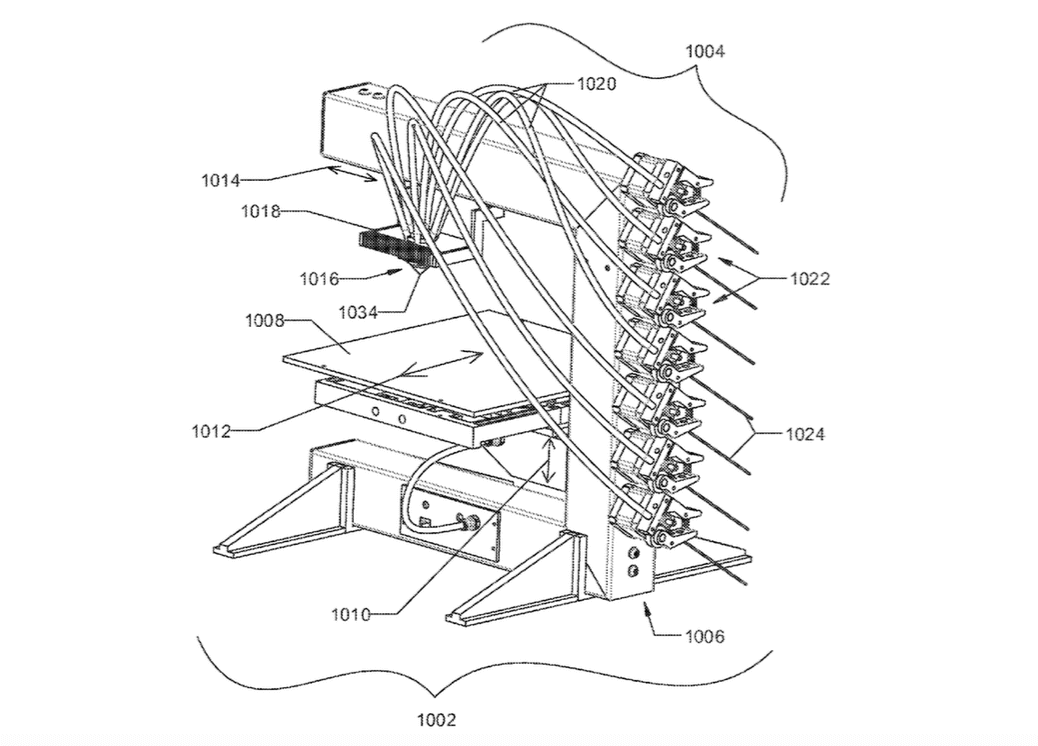
In fact, the core of Autodesk’s US 20150093465 A1 patent application is the Material Dispensing System itself. Autodesk is not the only company targeting this approach. One is Israel’s Something3D, which presented its Chameleon system concept late last year. Another interesting approach is that of The Palette, an accessory that recently conducted a hugely successful Kickstarter campaign. It can be used to turn any 3D printer into a color 3D printer by calculating the exact lengths of each filament color required before starting the print job.
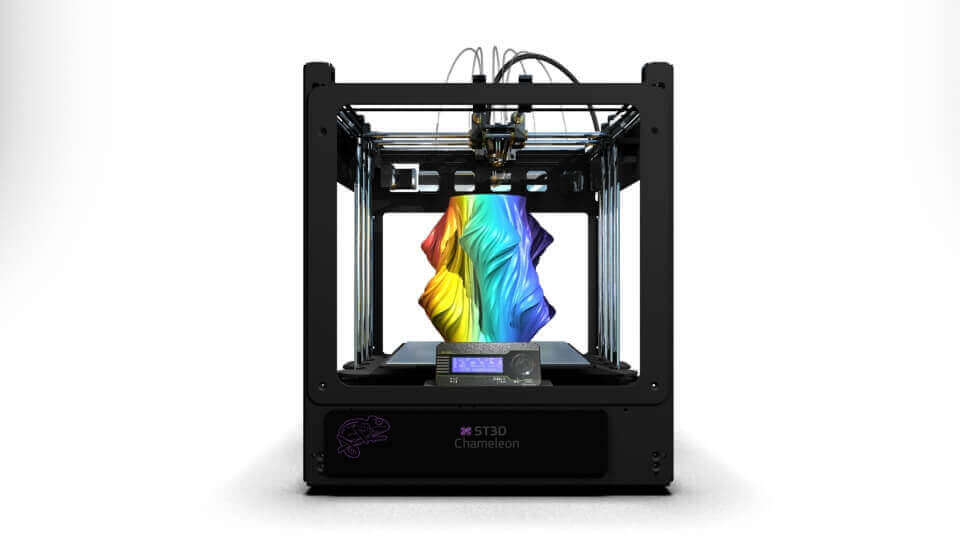
Samsung’s approach is more professional and somewhat similar to Stratasys’. Its WO 2015050398 A1 patent application focuses on the ink. The concept is that Samsung’s color 3D printer would use two different ink compositions. The first ink would include at least one photocurable material (a material that hardens when exposed to light), a photoinitiator configured to activate the curing process, a first colorant, and an anti-intercolor bleed agent configured to prevent intercolor bleeding occurring the different inks come into contact with each other. The second ink would be composed of the same basic materials except it would also have an aggregating agent.

The materials science behind Samsung’s patented technology is highly complex, and it is not entirely clear where it will lead as there are no photopolymer materials as of today that have been deemed fit for final use products. It should also be noted that Samsung has been one of the major patent holders for the over 3.000 3D printing related patents registered throughout the 90’s and early 2000’s. That, however, has not yet meant that Samsung is ready to employ 3D printing in any of its consumer product lines.
One thing is for sure: the near future of 3D printing is shaping up to be even more colorful.
License: The text of "Color 3D Printing: Autodesk and Samsung Enter the Arena" by All3DP is licensed under a Creative Commons Attribution 4.0 International License.